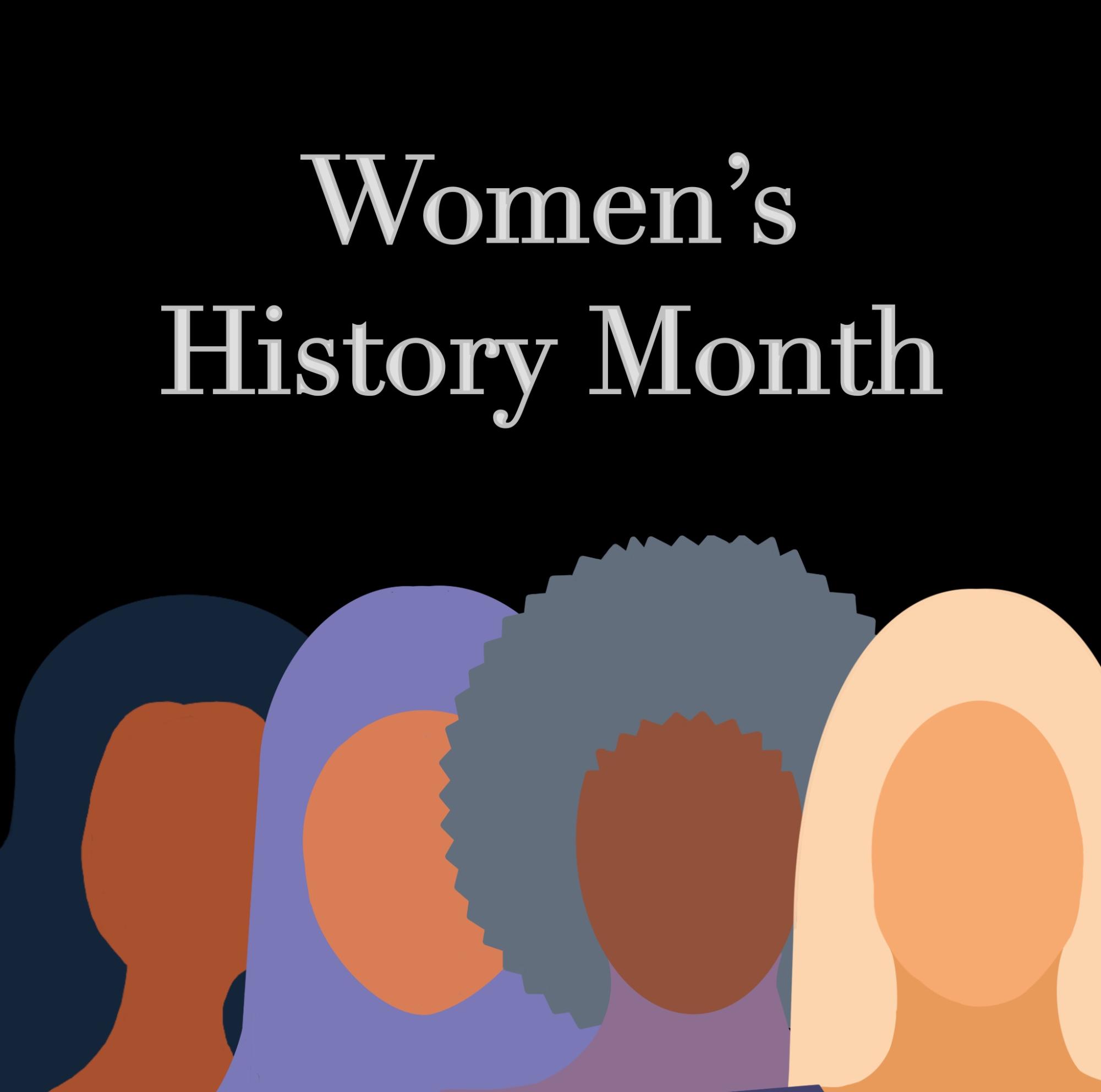Ever since 1987, March has been all about the contribution that women have made to the United States. Throughout the month, people post videos on social media about influential women, schools do projects about historical women, and the president of the United States has a speech made for women’s history. But how did it begin? Who started Women’s History Month?
It all began in Santa Rosa, California in 1978. There, the Sonoma School District began “Women’s History Week” that was meant to only be celebrated in their city. It was very local, and they had a parade for women’s history in downtown Santa Rosa. They didn’t expect it to become an annual event, let alone a national one.
A year later, historians and women’s activist groups worked together to advertise the idea of a week dedicated to women’s history. In 1980, US President Jimmy Carter declared March 2-8 to become National Women’s History Week. In his message, he said, “Too often the women were unsung and sometimes their contributions went unnoticed. But the achievements, leadership, courage, strength and love of the women who built America was as vital as that of the men whose names we know so well.”
Seven years later, in 1987, the National Women’s History Project petitioned Congress to stretch the week to a whole month to honor women’s history, and they won. Ever since, March has been known as Women’s History Month.
Today, people can honor Women’s History Month in many ways. Schools can create projects or essays over the event, the current president will send out a message, and people, famous or not, post many things all over social media.
The National Women’s History Alliance creates a theme for Women’s History Month every year. This year, the theme is “Women Who Advocate for Equity, Diversity and Inclusion”. Knowing this, I invite you to take action and spread awareness of women’s history.








